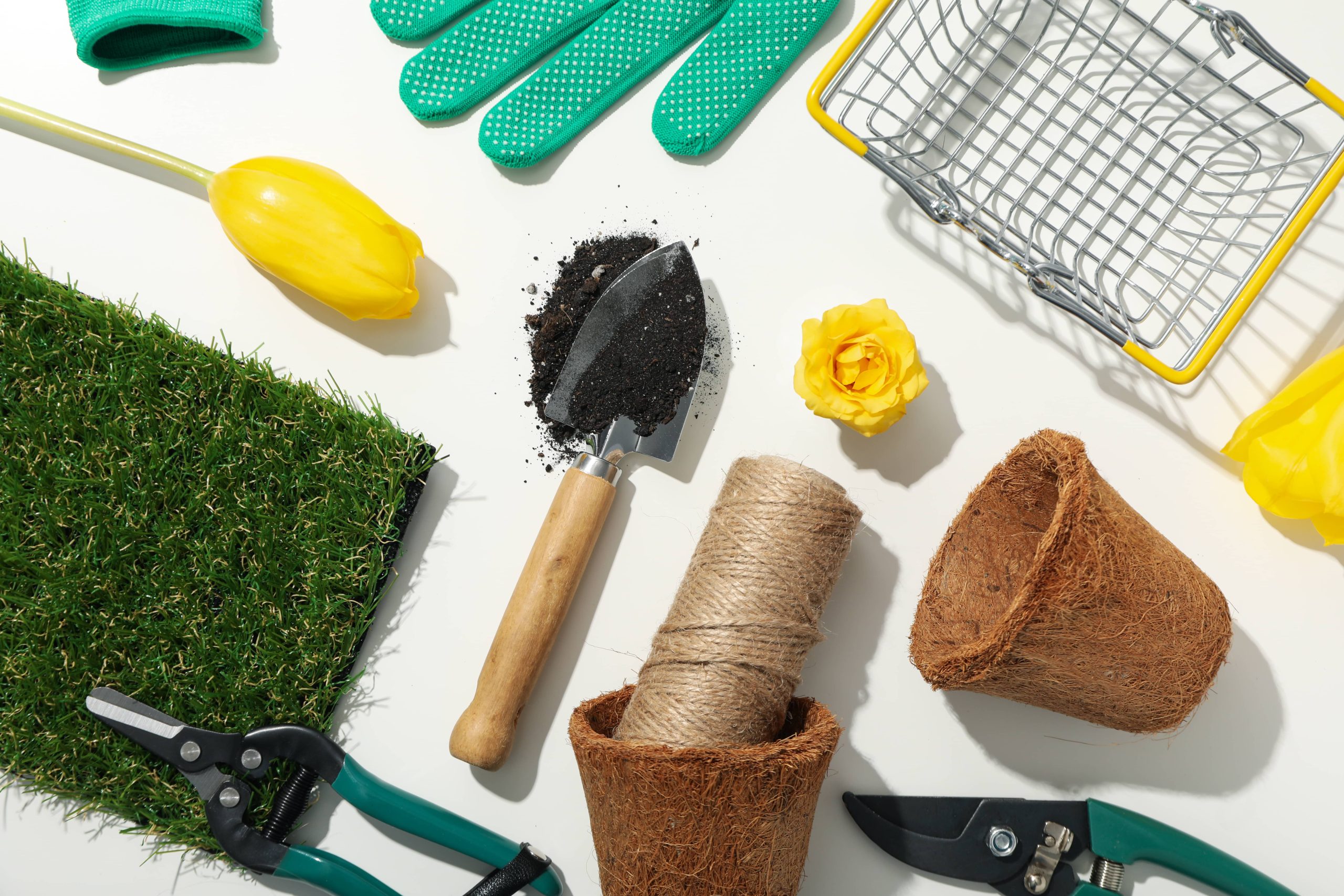
Creating a raised garden bed is an exciting project for any DIY enthusiast interested in enhancing their gardening experience. It’s a fantastic way to grow a wide range of plants, from vegetables and fruits to beautiful flowers, all while adding a functional and aesthetic element to your backyard. This guide will walk you through the process of constructing a raised garden bed from scratch, ensuring a rewarding and sustainable result.
Benefits of a Raised Garden Bed
Before we dive into the construction, let’s explore the reasons why raised garden beds are such a popular choice:
1. Improved Soil Quality: You have complete control over the soil quality, allowing you to create the perfect environment for your plants. This is particularly beneficial if your native soil is poor or contaminated.
2. Better Drainage: Raised beds allow for better drainage compared to traditional in-ground gardens, preventing waterlogging and root rot.
3. Ergonomic Design: They can be built to a height that reduces the need for bending or kneeling, making gardening accessible to everyone, including those with mobility issues.
4. Extended Growing Season: The soil in raised beds warms up more quickly in the spring, allowing for an earlier start to the growing season.
5. Pest Control: Raised beds can help deter pests such as slugs and snails, and it’s easier to install protective measures like row covers or netting.
Planning Your Raised Garden Bed
Before you begin construction, some planning is necessary:
1. Location: Choose a site that receives at least six hours of sunlight per day. Ensure it’s easily accessible for watering and harvesting.
2. Size: Standard raised beds are 4 feet wide, allowing for easy access from both sides. The length can vary according to your space and needs, but consider keeping it manageable.
3. Materials: Common materials include wood (cedar or redwood for their rot-resistant properties), bricks, or recycled materials like old railway sleepers. Ensure your materials are safe and non-toxic.
4. Soil: Plan for a mix of topsoil, compost, and other organic matter like peat moss or coconut coir to fill your bed.
Step-by-Step Construction Guide
1. Gather Your Materials
You’ll need:
– Four wooden planks (2 inches thick; length depending on your chosen size)
– Drill and wood screws
– Metal brackets (optional)
– Landscaping fabric
– Level
– Shovel
– Soil mixture
2. Prepare the Site
– Clearing: Remove any grass or weeds from your chosen site using a shovel or a sod cutter.
– Leveling: Use a level to ensure the ground is even for sturdy construction. A slight slope can improve drainage, but large differences in elevation should be addressed.
3. Building the Frame
– Layout: Assemble the wooden planks into a rectangle or square. Use metal brackets for added stability if desired.
– Assembly: Drill the corners and secure them with wood screws. Ensure the corners are square for a neat fit and stable structure.
4. Securing the Bed
– Placement: Set the frame on your chosen site.
– Stabilization: Use stakes at each corner driven into the ground and screwed into the frame for extra stability.
5. Prepare for Planting
– Lining the Bed: Lay landscaping fabric at the bottom to prevent weed growth and keep out pests without harming drainage.
– Filling with Soil: Fill the bed with your prepared soil mixture. Ensure even distribution and loosen the top layer with a rake to promote root penetration.
Planting Your Garden
With your raised bed constructed and filled, it’s time for the fun part—planting. Consider what you want to grow based on your climate, season, and personal preferences. Companion planting can also maximize the use of space and improve plant health by growing complementary species together.
Maintenance Tips
– Watering: Raised beds may dry out faster than ground gardens, so regular watering is key, especially in dry spells.
– Mulching: A layer of mulch can help retain moisture and suppress weeds.
– Seasonal Care: In colder climates, consider covering your bed during the winter to protect perennial plants.
Conclusion
Building a raised garden bed not only boosts your gardening capability but also transforms your space into a more vibrant, productive area. With its numerous benefits and the personal satisfaction of DIY, it’s a project worth undertaking for any home improvement lover. Whether you’re growing fresh veggies, herbs, or adding some floral flair to your environment, a raised garden bed is a resilient, versatile choice that can continually evolve to meet your gardening ambitions. Happy gardening!







